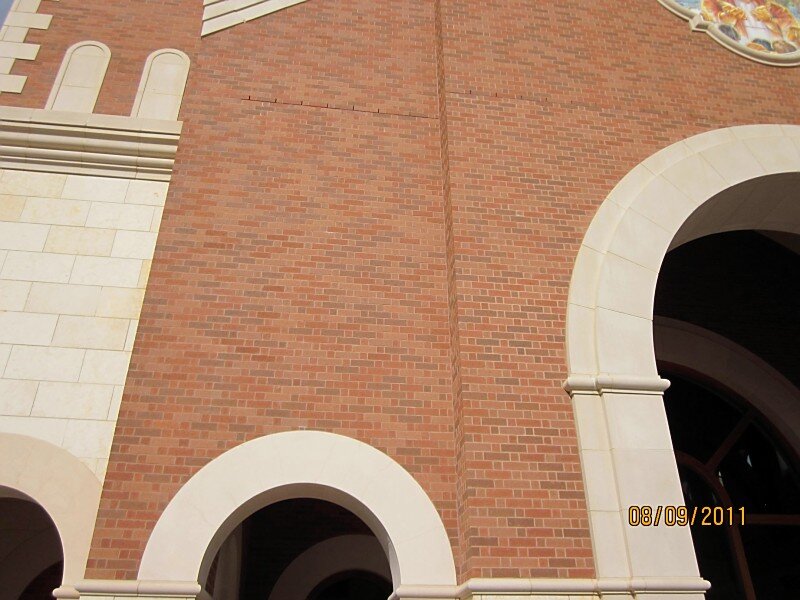Houses of worship: More than just beauty
/Designing houses of worship, such as synagogues, mosques, and churches, comes with serious challenges for architects. There are multiple values in play simultaneously that would seem at odds with each other. It’s just a building…the real worth is in the worship that takes place there among the people who gather. The building should serve as a tool to inspire people toward authentic worship and remind them of something larger than themselves. The building should be modest so as to reserve funds for higher causes. The building should be set apart and stand the test of time, serving as a symbol and landmark for the community. Wow. That’s a lot for any designer to balance. A house of worship is at once sacred and earthly. Where does one begin?
No one product or material could claim to have the answer to such big questions. Perhaps brick’s biggest contribution to the design of houses of worship is its ability to simply get out of the way and serve the designer’s purposes when called upon. Need durability and lasting value? Brick can do that. Need a dramatic focal point? Brick can do that. Need to express a faith’s values with subtle artistic touches? Yep, brick. Need a solid investment that represents excellent stewardship of financial resources? Brick’s got that covered, too.
Brick offers unique opportunities for artistic expressions of faith with its unit-by-unit installation, variety of bond patterns, hundreds of combinations of size, color, and texture, and the way it can be combined with glass and other complimentary materials. Brick can even be sculpted to produce low-relief works of art set into the wall or stand-alone sculptures adjacent to the structure.
With all the moving parts involved in the design of houses of worship, brick can be relied on to serve whatever calling is at hand, just as it has for thousands of years.




































